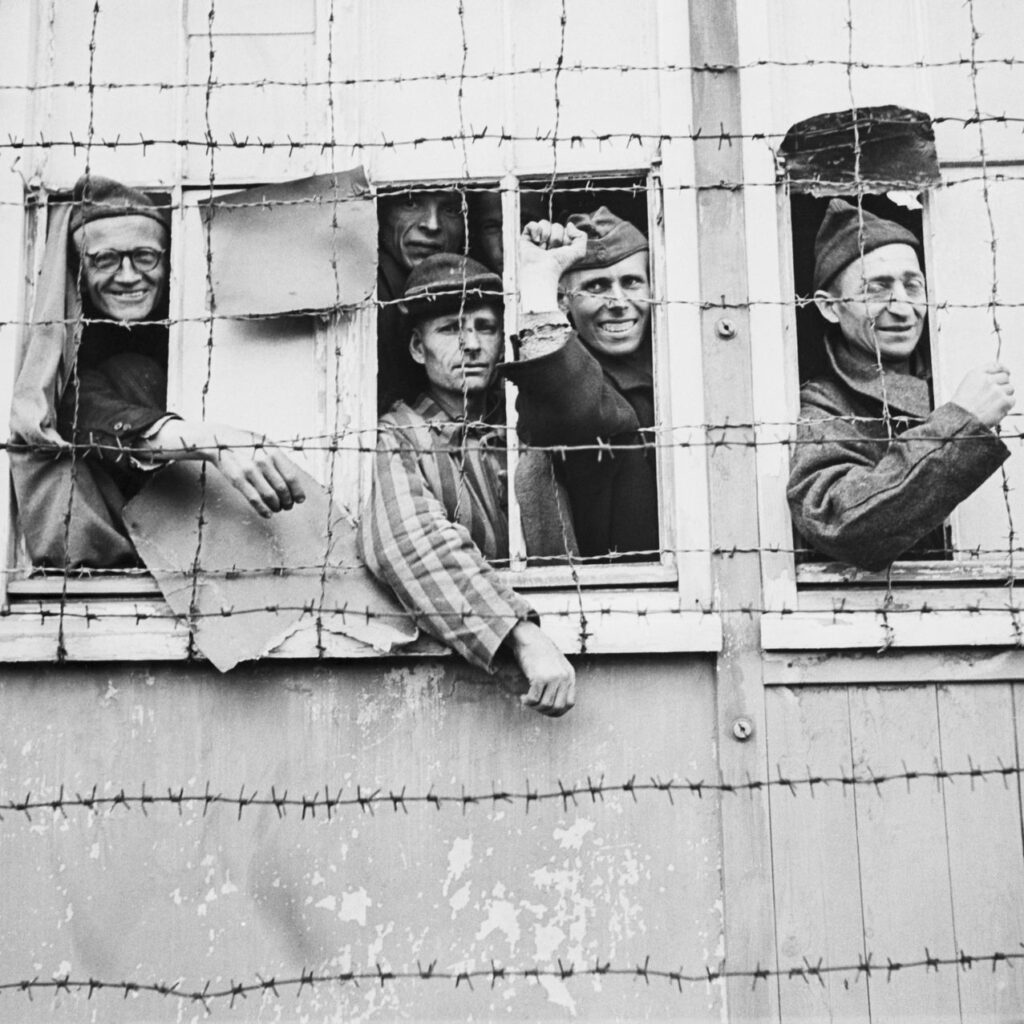The Saving Reach of Social Connections
By Susan Pinker
https://www.wsj.com/articles/the-saving-reach-of-social-connections-a81c7b41
There are many reasons to cultivate social bonds. Evidence shows that good health, well-being and career opportunities are tied to having a loyal network of family, friends and colleagues. Now a new study shows that the size of one’s social circle can even predict who has the best chances of survival under desperate conditions, such as in forced labor and concentration camps.
Testimony from Holocaust survivors has long suggested that loners were among the first to die in the Nazi concentration camps. In contrast, having a family member, friend, neighbor or colleague in the camp promoted survival. Even the act of sharing something small with another person, like a bit of food or a newspaper, could help.
In the new study, published in the Proceedings of the National Academy of Sciences last month, three Czechoslovak researchers tested these ideas empirically by analyzing data about the background and experiences of 30,000 Jewish prisoners who were deported to Auschwitz-Birkenau from the ghetto in Theresienstadt, in what is now the Czech Republic.
The data for the study were compiled by the Terezin Initiative Institute, a nonprofit group comprised of survivors. Lead author of the study Stepan Jurajda, a professor of economics at Prague’s Charles University, said that the institute “looked up information on every single one of these prisoners, including names, ages and addresses, and who traveled from the Theresienstadt ghetto to Auschwitz-Birkenau. And they found out whether these people survived the war.”
The researchers found that 10% of the deportees arrived in Auschwitz knowing a fellow prisoner, whether as a prewar neighbor in Prague, a fellow community member in the Theresienstadt ghetto, as workers in the same labor camp prior to Auschwitz, or as inmates on the same transport to the concentration camp. Only 6% of Auschwitz-Birkenau inmates survived. But any one of these social ties increased an inmate’s odds of survival by a third.
Social bonds were particularly favorable for women. Even inmates who had shared the same magazine in the ghetto had a greater chance of making it through Auschwitz, an indication of how important weak links can be in life-or-death situations. “It’s not just about ‘blood is thicker than water,’” said Jurajda. “The more people in the crowd you knew, the greater your chances.”
That conclusion fits the experience of Joseph Shalev, an 85-year-old retired ophthalmologist in Nevada whom I met recently. As a young child, Dr. Shalev was confined with his family in the Jewish ghetto in Vilnius, Lithuania. Between 1941 and 1943, almost all of the 40,000 Jews imprisoned there were murdered or died of starvation or disease.
Looking back, Shalev has no doubt that his father’s prewar social bonds were crucial to his family’s survival. As an engineer, his father had designed Vilnius’s sewer system. When rumors of deportations reached him, he built a network of hide-outs connected to the city’s sewage canals. These escape routes, in combination with his workplace relationships, were what saved him and his family.
“A Polish man who had worked for my father saved us by providing food and [a] hiding place” under the potato cellar of his house, Shalev told me. His family and 14 others lay prone in the cellar for 10 months until the Russians liberated Vilnius in 1944, when he was 6. “The employee was just one person,” said Shalev. “But if my father hadn’t known that Polish guy, we would not have survived.”
Appeared in the August 12, 2023, print edition as ‘The Saving Reach of Social Connections’.


